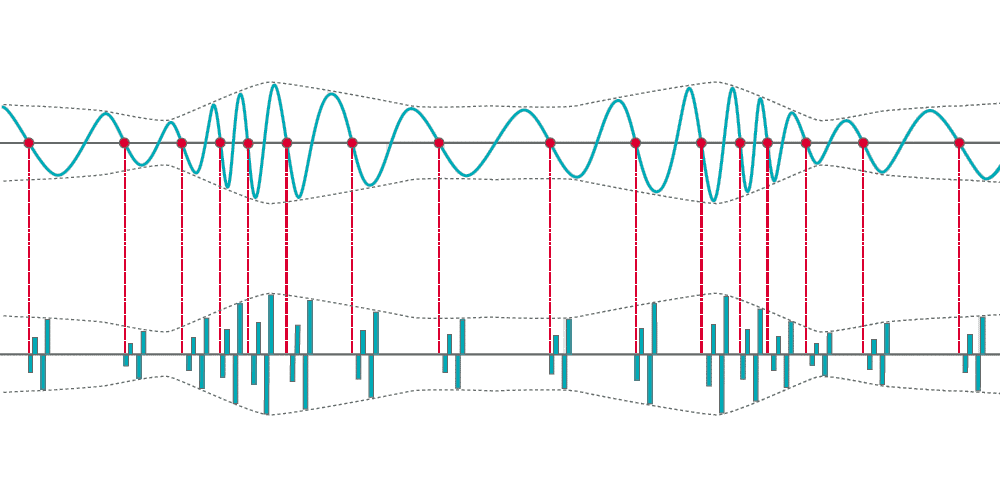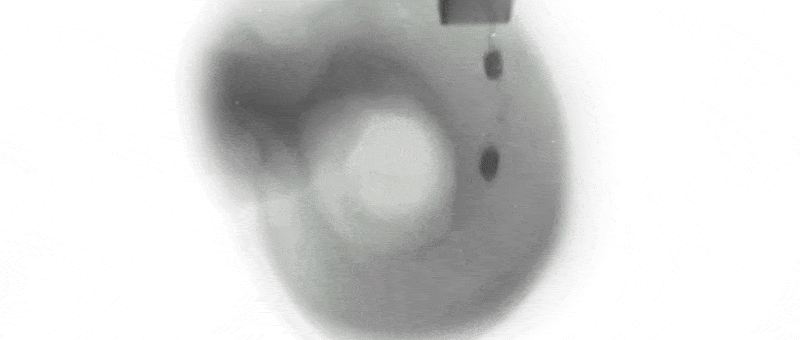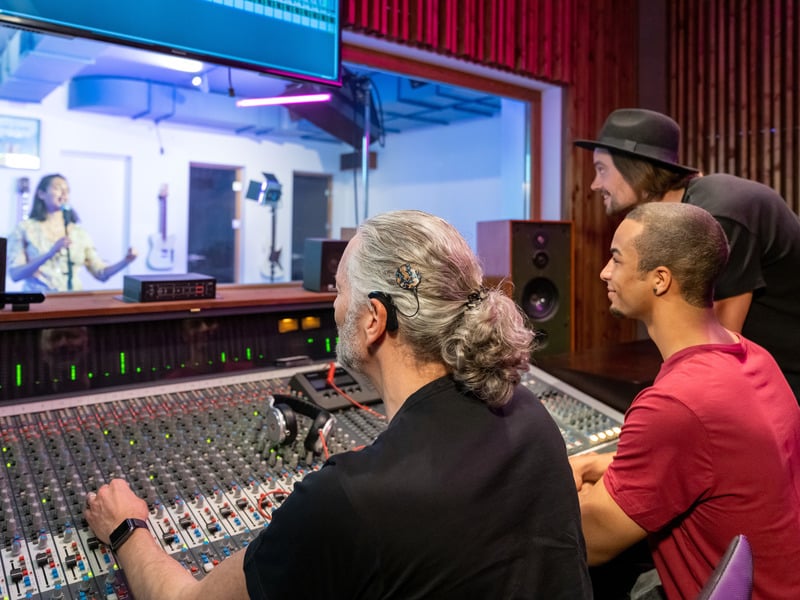
Understanding music is a complex process. MED-EL's cochlear implant technology makes it possible for users to perceive and appreciate music.

Understanding music is a complex process. MED-EL's cochlear implant technology makes it possible for users to perceive and appreciate music.
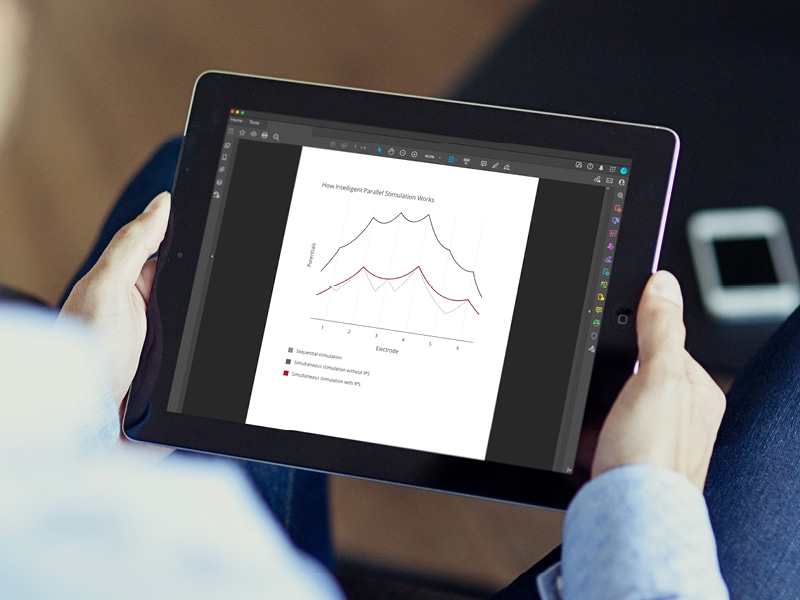
Since 2006, each channel or pair of electrodes in MED-EL’s cochlear implants has had its own current source. These 12 channels with independent current sources allow each electrode pair to stimulate the cochlea with more flexibility. For instance, several different electrode pairs can stimulate different places in the cochlea at precisely the same time, which is often referred to as simultaneous or parallel stimulation.
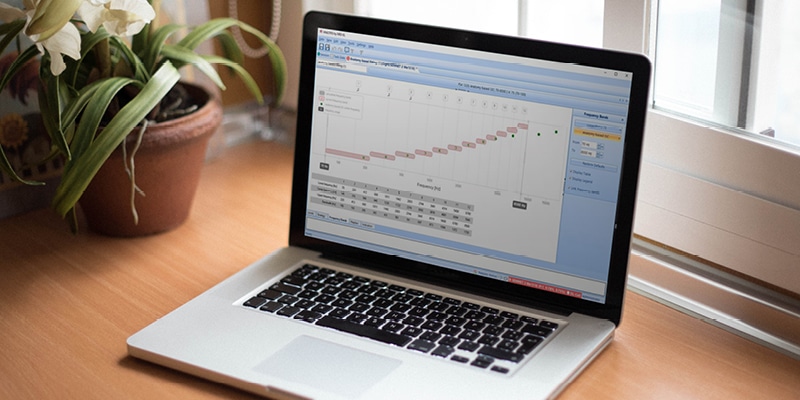
Clinicians are just starting to discover the great potential of anatomy-based fitting, an approach to cochlear implant frequency mapping that only MED-EL offers as part of our fitting software, MAESTRO, which is available to clinicians. It is the next step forward in providing cochlear implant recipients closer to natural hearing. As a new feature introduced with the release of MAESTRO 9.0, anatomy-based fitting (ABF) allows you to align the frequency map stimulated by the CI to the natural place-pitch frequency map in the cochlea as best as possible.

Everyone knows the story of Cinderella—that noble endeavor to find the perfect match for a one-of-a-kind glass slipper. Imagine if the story had a different moral: What if we were all expected to make ourselves fit into this one specific shoe? What if shoes only came in one size and we were expected to somehow
